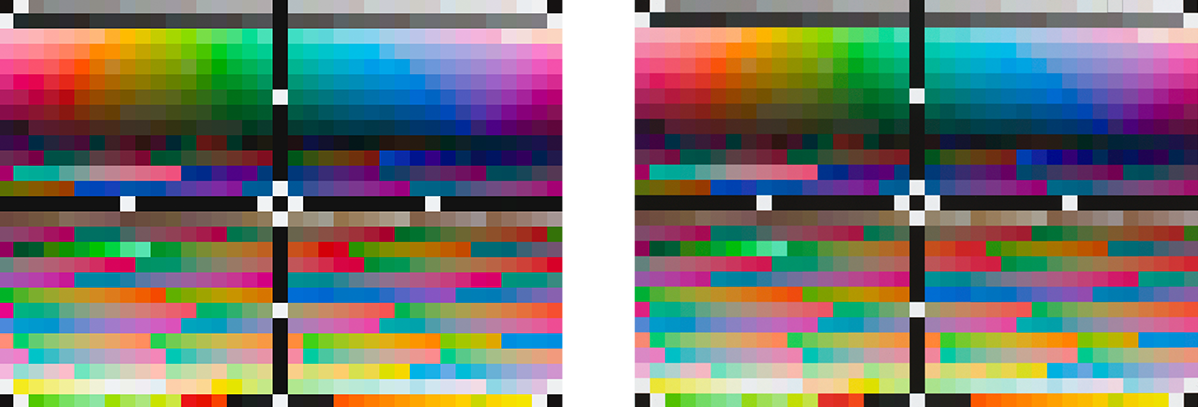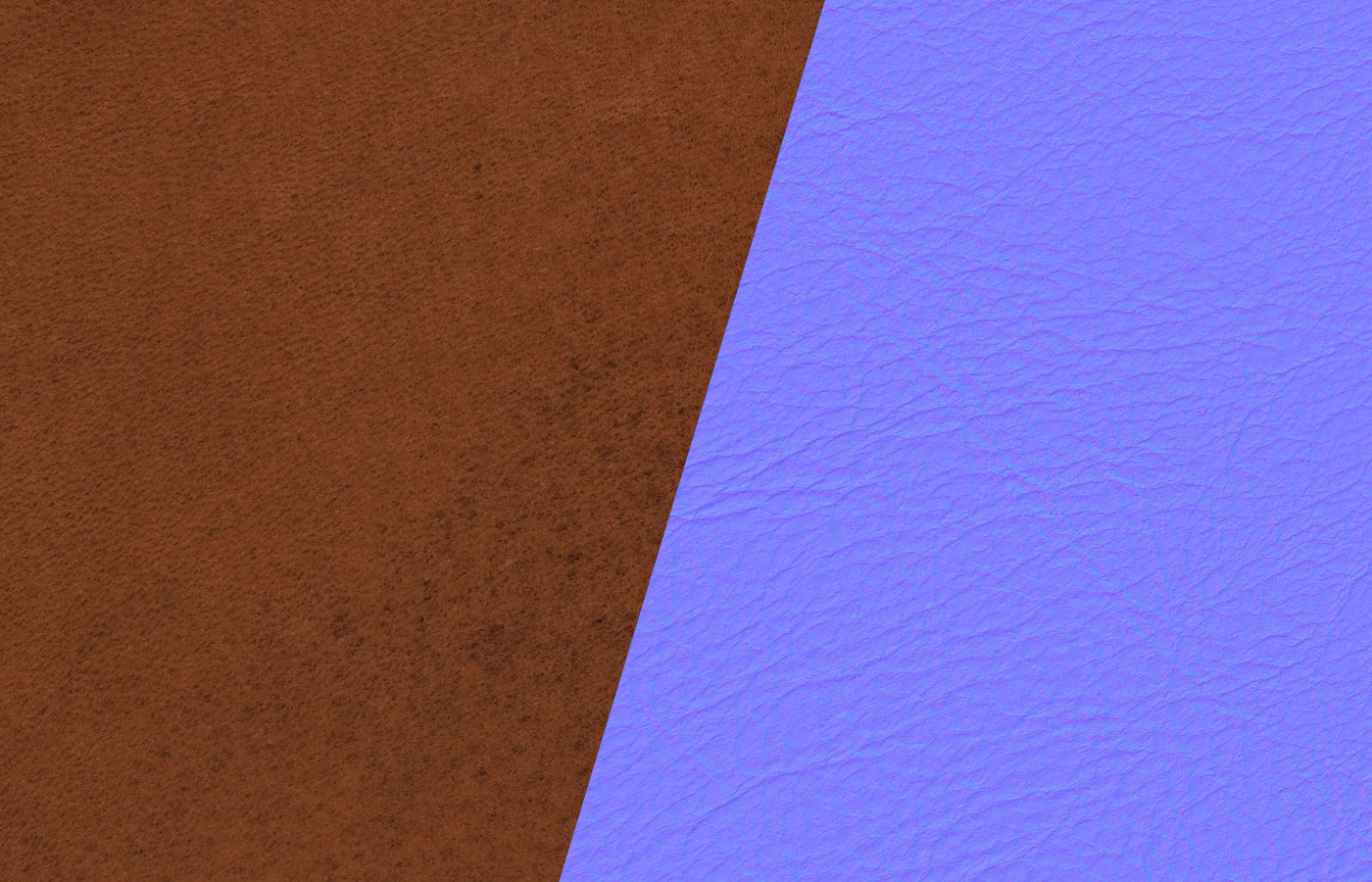Large Format Texture Scanner
For Precise Color and Normals Maps
CG-Source has developed a proprietary large-format scanner specifically designed for scanning large-scale colors and normals maps, predominantly serving the 3D visualization industry, providing detailed scans of wood, textiles, fabrics, carpets and much more.
But that's not all! Our scanner's capabilities extend beyond the realm of 3D visualization materials. It is perfectly suited for scanning a wide range of oversized or large-scale products. Whether you need to digitize artworks, posters, maps, historical documents, or CAD drawings, our scanner is up to the task.





Specifications
Resolution: 343 DPI - equivalent to 13500px per meter.Scan Table: 2,5m x 1,5m, Scanning size can extend up to 3 meters for overhanging materials.
Colors: Profiled for accurate colour reproduction, see below.
Material Height: The material must lay flat with a maximum height not exceeding 4cm.
Light sources: LEDs with high CRI. Through the use of cross-polarization, we can eliminate nearly 99% of reflections. However, materials with reflective elements such as silver or gold may appear significantly darker.
Color Calibration
For Absolute Color Precision
We use color profiling to confirm precise representation of the original colors in the scanned objects. This procedure is executed with meticulous attention to detail to ensure that the colors depicted in the scanned images match their originals.
To the right, you can see two images - one is a CGI representation of the calibration chart, and the other is a scan of the physical chart. Their close resemblance confirms the accuracy of the colors we've scanned.
 CGI representation of the calibration chart
scan of the physical chart
CGI representation of the calibration chart
scan of the physical chart








Normal Maps
For Realistic 3D Rendering
In addition to color scans, our scanner is capable of creating highly detailed normals maps. We employ the photometric stereo technique to estimate surface normals by observing objects under different lighting conditions. This method works best for objects with lambertian reflectance, meaning they reflect light equally in all directions.
However, surfaces with high shine, velvet, subsurface scattering or low light reflectance (black/very dark surfaces) may present challenges for the technique.
Contact
For a Quote or More Information
If you are interested in a quote or learning more about our scanning services, feel free to contact us. You can reach out directly through our email. Click here to send us a message. We're looking forward to hearing from you!
